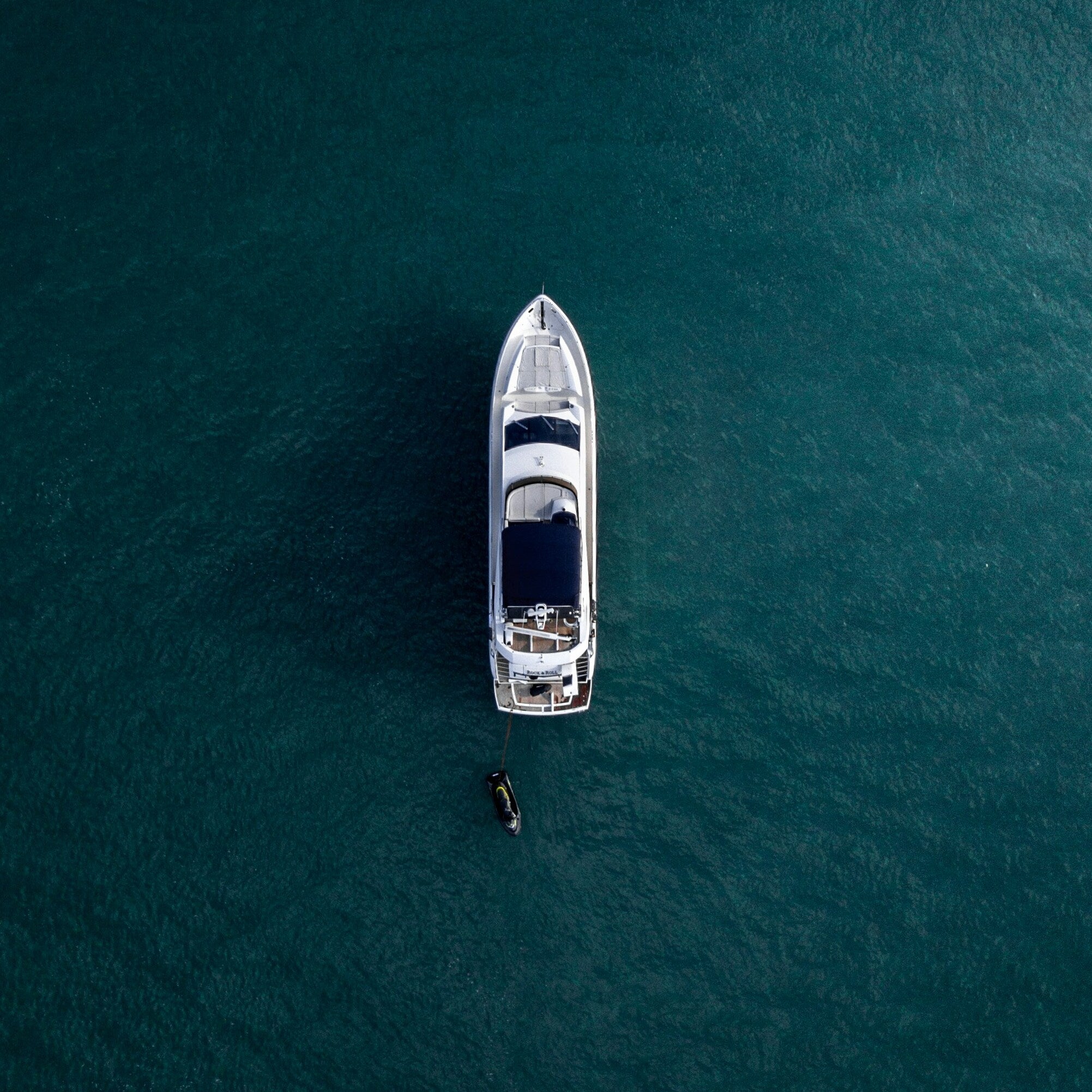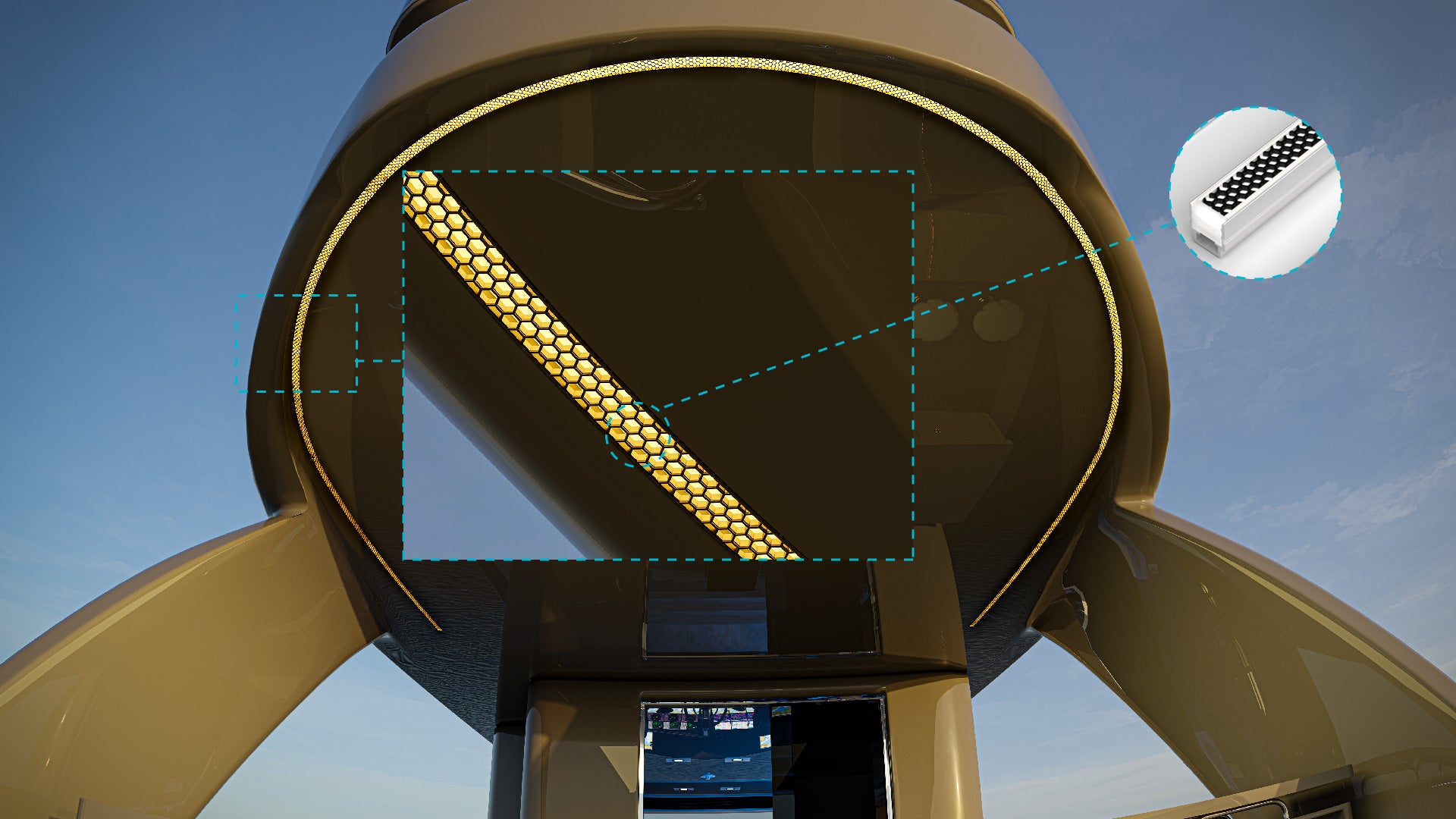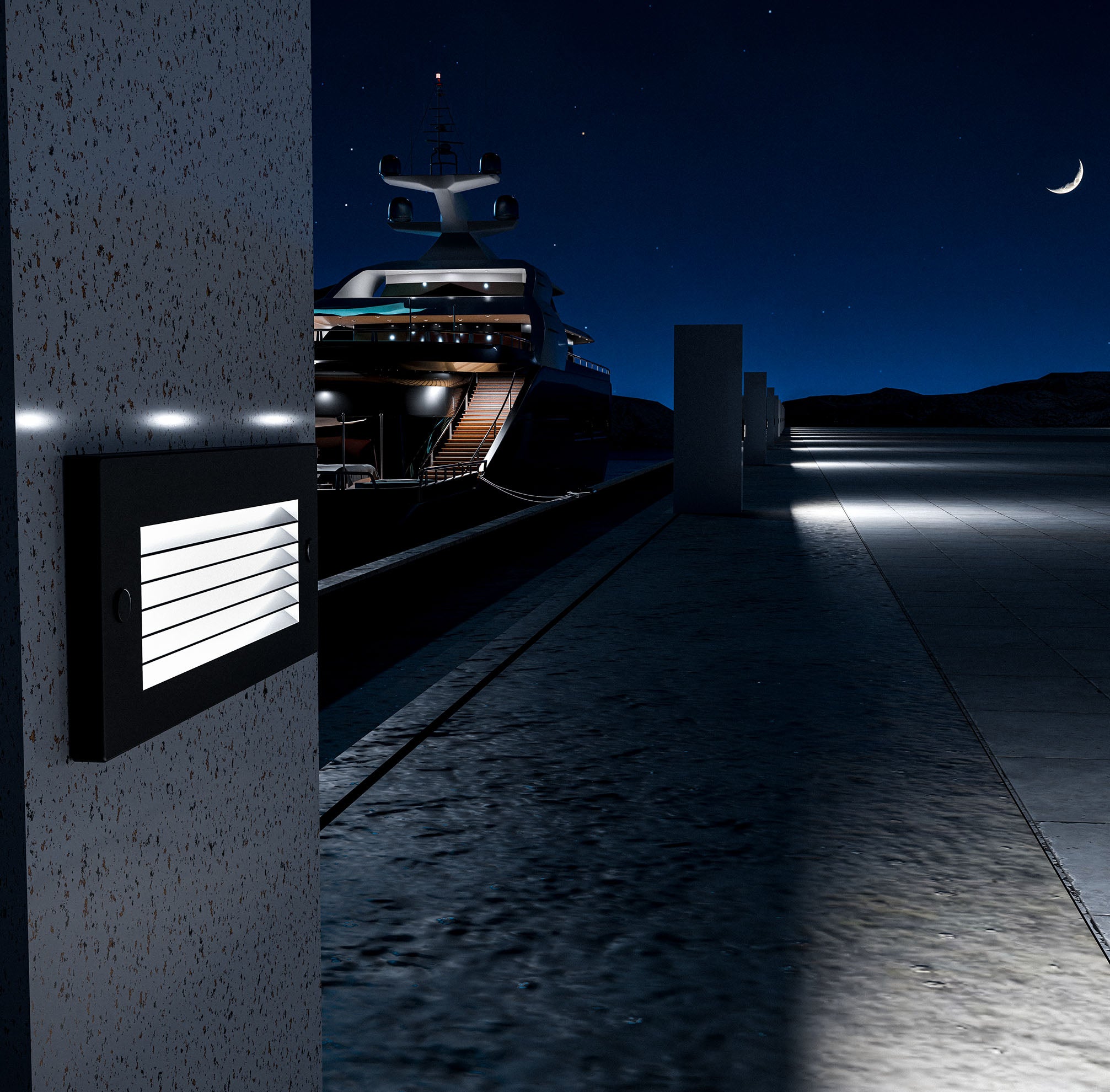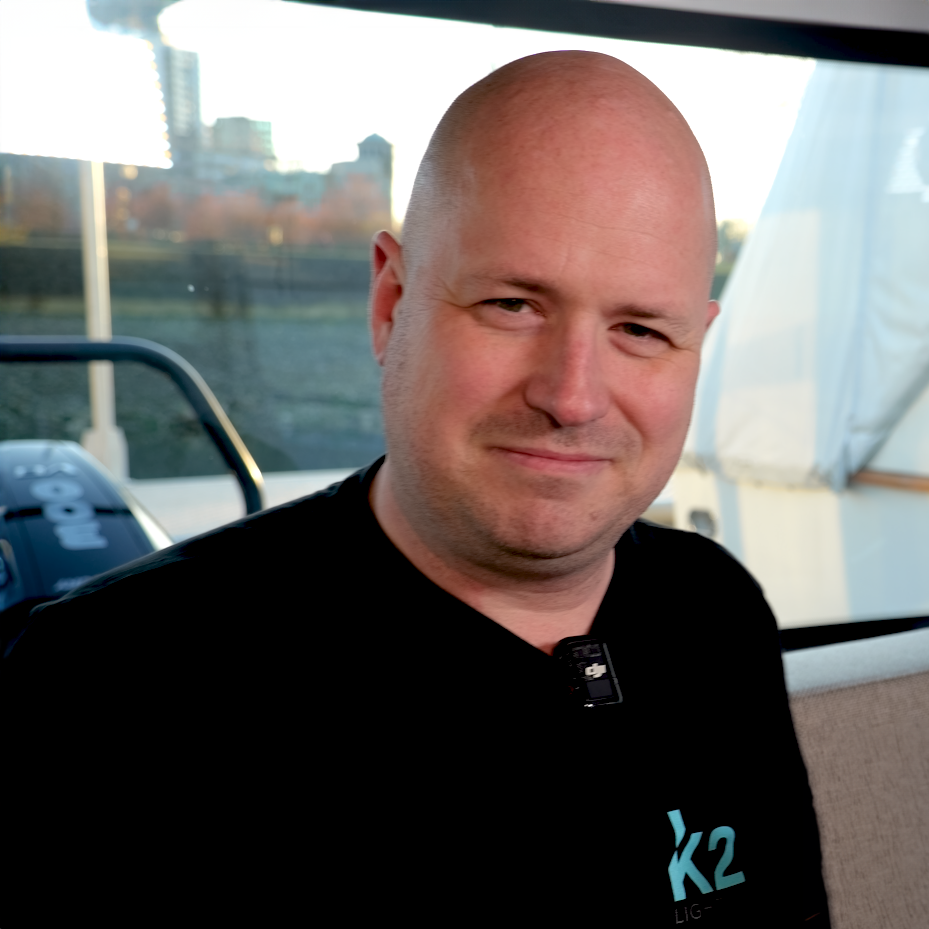As our understanding of environmental sustainability deepens, the issue of light pollution has come to the forefront, especially in coastal and marine environments. Light pollution doesn’t just affect our view of the night sky; it also disrupts ecosystems, confuses wildlife, and can even impact human health. Fortunately, by adopting responsible lighting practices, both individuals and businesses can minimize light pollution on the water, preserving the natural beauty and health of these sensitive areas.
Understanding Light Pollution
What is Light Pollution?
Light pollution is the excessive or misdirected artificial light that brightens the night sky, reducing the visibility of stars and other celestial bodies. It is typically categorized into three main types:
- Skyglow: The brightening of the night sky over populated areas, visible from great distances.
- Glare: Excessive brightness that causes visual discomfort or hinders visibility.
- Light Trespass: Unwanted or misdirected light that spills over into areas where it is not needed, such as light from a streetlamp shining into a bedroom window.
In marine and coastal areas, light pollution poses unique challenges. The reflection of light on the water can amplify its impact, affecting marine life and altering natural behaviors.
The Impact of Light Pollution on Marine Ecosystems
Light pollution disrupts the natural cycles of many marine species. For example, artificial lighting along coastlines can disorient sea turtle hatchlings, leading them away from the ocean and toward danger. Similarly, fish and other marine creatures that rely on natural light patterns for migration, feeding, and reproduction can be severely affected by artificial light.
Birds, particularly migratory species, are also impacted. They often use natural light cues for navigation, and artificial light can cause them to become disoriented, leading to fatal collisions with buildings or an inability to reach their destinations. Additionally, excessive light can disrupt human circadian rhythms, leading to sleep disorders and other health issues.
Tips for Responsible Lighting on the Water
1. Use Shielded Lighting Fixtures
One of the most effective ways to reduce light pollution is to use shielded lighting fixtures that direct light downward rather than allowing it to scatter in all directions. Shielded fixtures focus the light where it is needed—on pathways, docks, or specific areas—without causing unnecessary light spillover.
Examples of Shielded Fixtures:
- Full Cutoff Wall Lights: These lights prevent upward light escape, making them ideal for illuminating dock walkways or building exteriors.
- Canopy Lights: Often used in outdoor structures, these lights can provide direct lighting for boat docks while minimizing light spillover into the surrounding water and sky.
2. Opt for Warm, Low-Intensity Lights
The color temperature of lighting can significantly impact the amount of skyglow and glare it produces. Warm-colored lights (those in the 2,700 to 3,000 Kelvin range) are less likely to contribute to light pollution compared to cool, blue-toned lights.
Benefits of Warm Lighting:
- Reduces Skyglow: Warm lights produce less blue light, which is a major contributor to skyglow.
- Minimizes Disruption to Wildlife: Many species are less sensitive to warm light, making it less likely to disrupt their natural behaviors.
3. Install Motion Sensors and Timers
To minimize unnecessary lighting, consider installing motion sensors and timers on outdoor lights. Motion sensors ensure that lights are only on when needed, such as when someone is walking on a dock or approaching a building. Timers can be set to turn lights off during late-night hours when they are not required.
Practical Tips:
- Use Motion Sensors on Docks and Pathways: This reduces light usage while still providing safety and visibility when needed.
- Set Timers for Non-Essential Lighting: For areas like decorative lighting around a marina or resort, timers can help ensure these lights are off during the night, reducing their impact on the surrounding environment.
4. Choose Energy-Efficient LED Lighting
LED lighting is not only energy-efficient but also customizable in terms of brightness and color temperature, making it ideal for reducing light pollution. LED lights are available in various forms designed specifically for marine environments, offering durability and resistance to the elements.
Advantages of LED Lighting:
- Energy Efficiency: LEDs consume significantly less power, lowering energy costs and reducing the overall carbon footprint.
- Customizable Light Output: LEDs can be adjusted to provide just the right amount of light without being overly bright or intrusive.
5. Minimize Reflection on the Water
The reflection of light on the water can increase the amount of light pollution, as the water surface can act as a mirror, amplifying the light’s reach. To reduce this effect, carefully consider the angle and placement of lights to ensure they are directed downward and away from the water’s surface.
Techniques for Reducing Reflection:
- Adjust the Angle of Lights: Point lights downward and away from the water to minimize reflection.
- Use Low-Glare Fixtures: Choose fixtures specifically designed to reduce glare and reflection, particularly for areas close to the water.
How to Get Started with Responsible Lighting
1. Assess Your Current Lighting Setup
The first step in reducing light pollution is to assess your existing lighting setup. Consider factors such as the direction, intensity, and color temperature of your lights. Identify areas where lighting can be reduced or adjusted to minimize its impact.
Steps for Evaluation:
- Conduct a Nighttime Walkthrough: Evaluate how your lighting affects the surrounding environment, particularly in terms of glare and reflection.
- Identify Overly Bright Areas: Pinpoint areas where light levels are excessive and could be reduced.
2. Work with Lighting Professionals
Consulting with lighting professionals, especially those experienced in marine environments, can help you design an eco-friendly lighting plan that meets your needs while minimizing environmental impact. They can provide advice on the best fixtures, placements, and technologies to use.
Resources for Finding Professionals:
- Marine Lighting Experts: Look for specialists in marine and coastal lighting who understand the unique challenges of these environments.
- Sustainable Lighting Consultants: These professionals can help integrate your lighting solutions with broader sustainability goals.
3. Stay Informed and Advocate for Change
Finally, staying informed about the latest developments in light pollution prevention and advocating for responsible lighting practices in your community can have a broader impact. Engage with local organizations and participate in community efforts to reduce light pollution.
Educational Resources:
- International Dark-Sky Association: Offers resources and guidelines for reducing light pollution.
- Local Environmental Groups: Many local groups focus on preserving natural environments and can provide information and support for responsible lighting initiatives.
Light pollution on the water is a growing concern, but with responsible lighting practices, we can mitigate its effects and protect our marine and coastal environments. By choosing the right fixtures, reducing unnecessary lighting, and advocating for change, individuals and businesses alike can make a significant difference.
At K2 Lighting, we’re committed to providing eco-friendly marine lighting solutions that help reduce light pollution. Contact us today to learn how we can assist you in implementing responsible lighting that preserves the beauty and health of our waterways.
For more information on light pollution and other sustainable lighting practices, explore our blog or reach out to our expert team for personalized advice.





